Get expert help to buy products and installation services

Dashcams for Commercial Vehicles: How They Improve Fleet Management and Driver Safety
Commercial vehicles play a critical role in the transportation industry, whether it's delivering goods, transporting people, or performing other essential services. With the increasing demand for efficiency and safety, fleet managers are constantly looking for ways to improve their operations. One technology that is becoming increasingly popular is the use of dashcams for commercial vehicles. In this blog post, we'll explore how dashcams can improve fleet management and driver safety.
Dashcams for commercial vehicles are similar to those used in personal vehicles, but they often have additional features that cater to the needs of commercial fleets. For example, they can be connected to telematics systems that allow fleet managers to monitor their vehicles in real-time, including their location, speed, and driving behavior.
Benefits of dashcams for commercial vehicles
-
Providing evidence in case of accidents: Dashcams can record what happened on the road, including the actions of other drivers, pedestrians, or cyclists. This footage can be used to determine liability in case of accidents, prevent fraud, and even help settle insurance claims quickly. The footage can also be used as evidence in court or arbitration if necessary.
-
Improving driver behavior and safety: Dashcams can capture footage of how drivers behave on the road, including any reckless driving, speeding, or other dangerous behaviors. Fleet managers can use this footage to identify areas where drivers need improvement and provide targeted training or coaching. This can improve driver behavior and safety, reducing the risk of accidents and insurance claims.
-
Helping with vehicle maintenance: Dashcams can capture footage of any problems or defects with the vehicle, such as engine trouble, brake issues, or tire wear. This information can be used to proactively schedule maintenance or repairs, reducing the risk of unexpected breakdowns and keeping the vehicle in good condition for longer. By keeping the vehicles in good condition, businesses can reduce maintenance costs and improve operational efficiency.
How dashcams can improve fleet management
-
Integrating with telematics systems: Dashcams can be connected to telematics systems that allow fleet managers to monitor their vehicles in real-time. This includes information on vehicle location, speed, and driving behavior. This information can be used to optimize fleet management, such as by identifying inefficient routes, reducing fuel consumption, and improving driver behavior.
-
Providing actionable insights: Dashcam footage can be used to provide actionable insights into driver behavior and fleet operations. Fleet managers can use this information to identify areas where drivers need improvement and provide targeted training or coaching. They can also use it to optimize routes, schedules, and maintenance schedules.
How dashcams can improve driver safety
-
Discouraging reckless driving: Dashcams can help discourage reckless driving by providing a deterrent to dangerous behavior. Knowing that their actions are being recorded can help drivers stay focused and avoid distractions, reducing the risk of accidents and injuries.
-
Improving driver behavior: By capturing footage of how drivers behave on the road, dashcams can help fleet managers identify areas where drivers need improvement and provide targeted training or coaching. This can improve driver behavior and safety, reducing the risk of accidents and insurance claims.
How dashcams can help with vehicle maintenance
-
Capturing footage of vehicle defects: Dashcams can capture footage of any problems or defects with the vehicle, such as engine trouble, brake issues, or tire wear. This information can be used to proactively schedule maintenance or repairs, reducing the risk of unexpected breakdowns and keeping the vehicle in good condition for longer.
-
Reducing maintenance costs: By keeping the vehicles in good condition, businesses can reduce maintenance costs and improve operational efficiency. This can help improve the bottom line and ensure that the vehicles are always ready to perform their duties.
In conclusion, dashcams for commercial vehicles can offer a wide range of benefits for fleet management and driver safety. They can provide valuable evidence in case of accidents, improve driver behavior and safety, help with vehicle maintenance, and even reduce insurance costs. By investing in dashcams for their commercial fleets, businesses can improve their operations, reduce risks, and provide a safer and more efficient service to their customers.
shop Related products
-
Original price $279.99 - Original price $279.99Original price $279.99$279.99$279.99 - $279.99Current price $279.99
BlackVue DR590X-2CH IR with 32GB microSD Card | Full HD Wi-Fi Dashcam | Interior Infrared (IR) Rear Camera | Taxi Dashcam | Built-in Voltage Monitor
BlackvueOut of stock -
Original price $159.99 - Original price $159.99Original price $159.99$159.99$159.99 - $159.99Current price $159.99
BlackVue DR590X-1CH with 32GB microSD Card | Full HD Wi-Fi Dashcam | Parking Mode Support | Built-in Voltage Monitoring
BlackvueOut of stock -
Original price $239.99 - Original price $239.99Original price $239.99$239.99$239.99 - $239.99Current price $239.99
BlackVue DR590X-2CH with 32GB microSD Card | Full HD Wi-Fi Dashcam | Parking Mode Support | Built-in Voltage Monitoring
BlackvueOut of stock -
Original price $409.99 - Original price $409.99Original price $409.99$409.99$409.99 - $409.99Current price $409.99
BlackVue DR750X-2CH IR Plus 32GB | Full HD Infrared Interior Cloud Dashcam | Built-in Wi-Fi, GPS, Parking Mode Voltage Monitor | LTE via Optional CM100 Module
BlackvueOut of stock -
Original price $269.99 - Original price $269.99Original price $269.99$269.99$269.99 - $269.99Current price $269.99
BlackVue DR750X-1CH Plus 32GB | Full HD Cloud Dashcam | Back-Illuminated STARVIS Image Sensor | Built-in Wi-Fi, GPS, Parking Mode Voltage Monitor | LTE via Optional LTE Module
BlackvueOut of stock


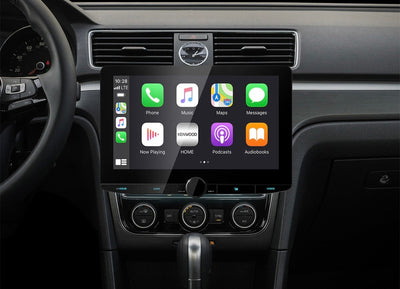

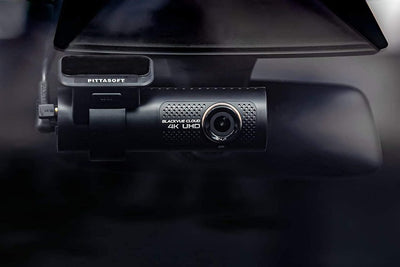



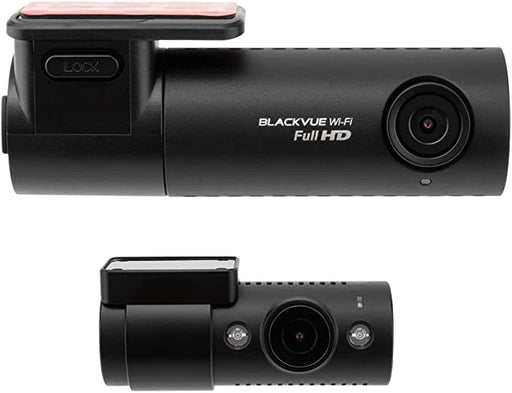
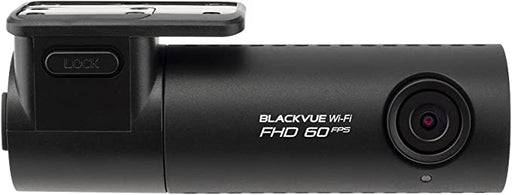
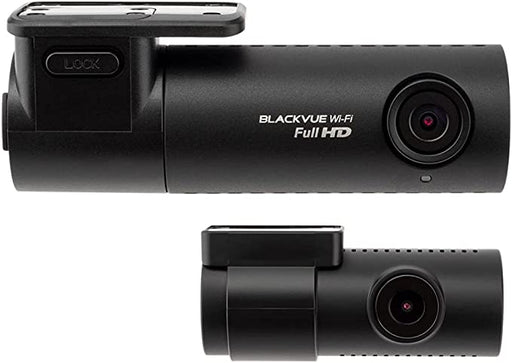
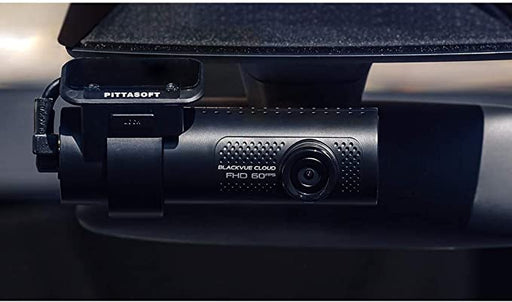
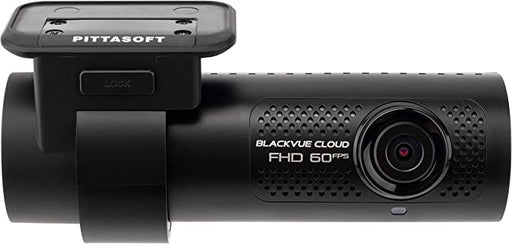
Leave a comment